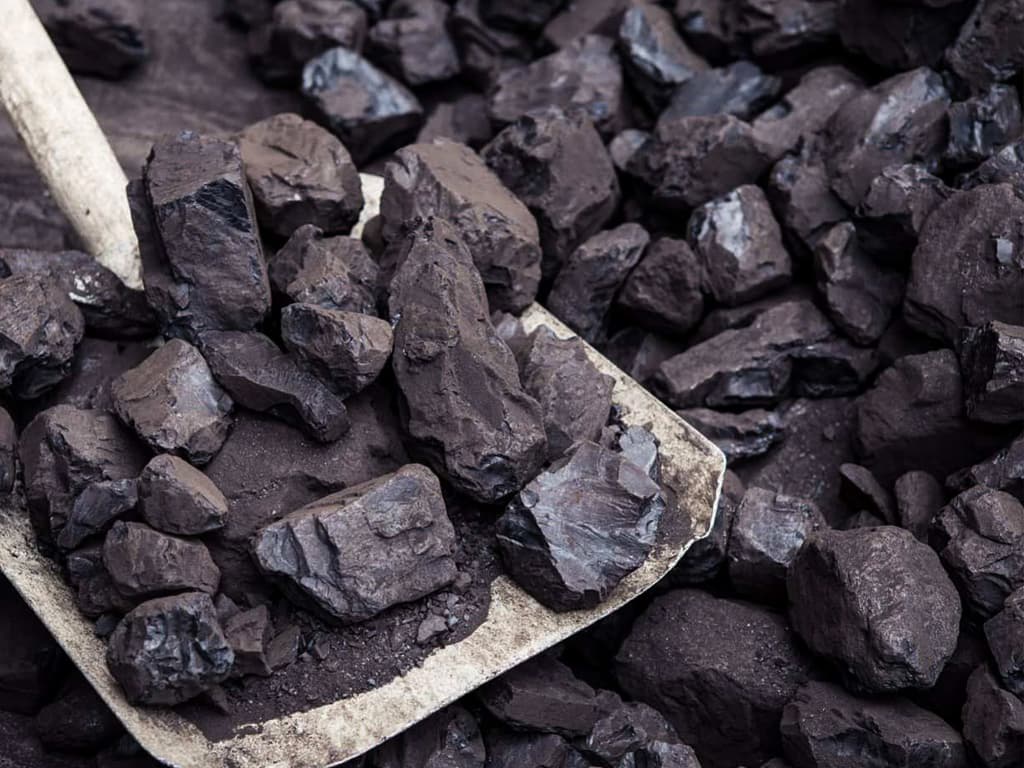Application of coal gasification slag in construction and building materials

The application of coal gasification slag in construction materials mainly includes the preparation of ceramsite, cement, concrete, wall materials and bricks, etc., which is an important way for the large-scale consumption of coal gasification slag.
1 coal gasification slag as aggregate
Ceramsite has excellent properties such as fire resistance, high strength, good shock resistance, thermal insulation, etc. It is widely used in the fields of construction engineering, refractory materials and light aggregates. At present, the preparation method of ceramsite is mainly shale and clay ceramsite, which will cause serious environmental damage. Zhao et al. used coal gasification coarse slag to prepare non-sintered ceramsite. The optimal raw material ratio is: gasification coarse slag 73%, cement 15%, quartz sand 12%, the compressive strength of the prepared ceramsite is 6.76MPa, water absorption The rate was 20.12%. Because coal gasification slag particles have a certain gradation, they can be used as aggregates and admixtures in the concrete production process. Liu Kaiping found that the compressive strength of the ground gasified coarse slag was much higher than that of the benchmark concrete, and the strength continued to rise with the extension of age. It was proposed that the ground gasified coarse slag could be used in concrete. The slag partially replaces natural sand as fine aggregate.
2 Preparation of cementitious material from coal gasification slag
The chemical composition of coal gasification slag is mainly SiO2, Al2O3, Fe2O3, CaO, etc., which is similar to Portland cement, and has certain pozzolanic activity. It is an excellent cement raw material. Li et al. studied the properties of hydration products of gasification slag and cement or lime. The results show that the high residual carbon content in the fine slag hinders the gelation reaction between the gasification slag and cement or lime; the rich active mineral phase in the coarse slag is conducive to the gelation reaction and improves the strength of the mortar.
3. Preparation of wall materials from coal gasification slag
Using the residual carbon in the gasification slag as a pore-forming agent and an internal fuel can reduce the density and thermal conductivity of the sintered product, thereby preparing a wall material with thermal insulation and low density. Aineto et al. studied the application of coal gasification slag as a clay additive in architectural ceramics. The results show that adding IGCC gasification slag to moderately plastic clay, pressing into samples, and calcining at 900 °C can improve the absorption, saturation and mechanical properties of the sintered body, and has no negative effect on shrinkage, discoloration or weathering.
4 Preparation of non-burning bricks from coal gasification slag
In recent years, with the increasing pressure of environmental protection, traditional brick-burning enterprises have difficulty in survival, some clay brick-burning enterprises have been closed down, and brick prices have risen. The preparation process of unburned bricks is energy-saving and environmentally friendly, and has a good development prospect. Zhang Liping et al. used gasification slag and boiler slag as main materials, quicklime, cement, dust removal ash as auxiliary materials, and gypsum as activator to prepare non-burning bricks.
The optimal raw material ratio is: gasification slag 35.6%, boiler slag 32.4%, dust ash 14%, lime 8%, gypsum 4%, cement 6%, steam curing at 100 ℃ for 18h can be prepared in accordance with JC/T 422— 2007 Non-fired bricks required by “Non-sintered Bricks for Garbage Tailings” and GB 11945-1999 “Autoclaved Lime Sand Bricks”.
